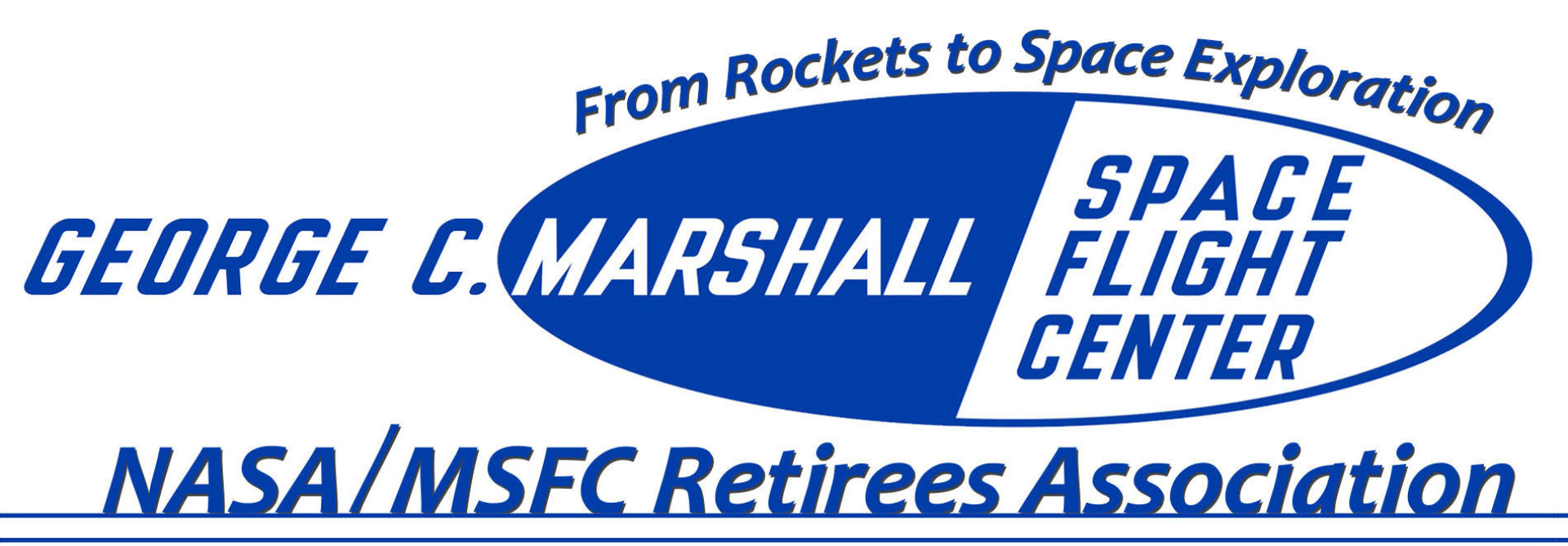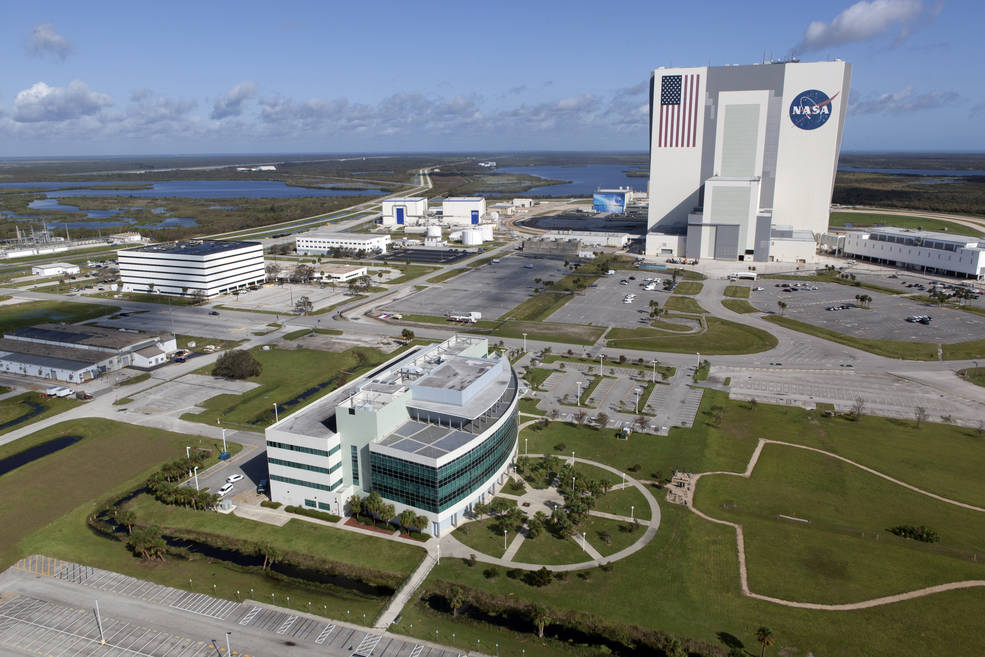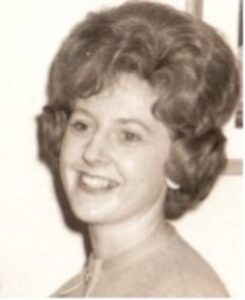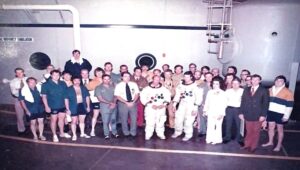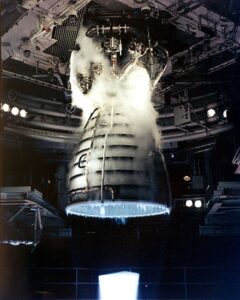by Sandra Turner
Do you like to experience exhilaration, pride in being an American, excitement, history-making events? Then you would like to travel to Kennedy Space Center in FL and witness a crew of six or seven very bright, talented, well trained, adventuresome people liftoff from launch complex 39 aboard a space shuttle with 6.5 million pounds of thrust strapped to their backs.
After a 72 hour countdown during which many critical tasks are performed preparing the shuttle for liftoff and at 9 hours prior to launch, the 154 ft tall, 27.5 ft in diameter external tank is loaded with 500,000 gallons plus of liquid hydrogen and oxygen. This is the propellant that feeds the three space shuttle main engines that provide 20% of the thrust for liftoff. There are several built-in holds with the last one being a IO-minute hold occurring at T-9 minutes. Once they come out of the hold and pick up the count, you can feel the tension and excitement in the air as they move closer to launch. As the clock ticks, everyone gathers and finds a spot to watch the event. The crowd becomes very quiet, as do the managers in the firing room. At T minus six seconds, you will hear “main engine ignition” and at T minus zero, you will hear “solid rocket booster” ignition and liftoff. You then know the shuttle is going somewhere because once the solids are lit, they have to burn until the propellant is gone. The engines can be shut down.
At liftoff, you will view a magnificent site as the exhaust plume billows up around the shuttle like a pillar of flame and at night literally lights up the sky instantaneously. In a few seconds you will hear a thunderous deafening roar as the solid rocket boosters lift the vehicle and its crew to an altitude of 28 miles and a speed of 3,094 miles per hour. The ground will vibrate underneath you until your whole body shakes. The solid rocket boosters provide 80% of the thrust for liftoff. Tears roll down your cheeks as you realize what a wonderful era we live in and how wonderful it is to be an American where individuals have dreams and visions and are allowed to pursue and accomplish them. You realize it is still a vibrant society, which is willing to make sacrifices, and risk lives to explore the unknown.
For two minutes the astronauts will experience a tremendous rock and roll ride until the solids separate and fall into the Atlantic Ocean. The astronauts equate the feeling of breaking free from gravity the same as one very large gorilla riding on your chest. The solid rocket boosters are later retrieved by a retrieval ship that has pre-positioned itself and hauled into hangar F at the Cape Canaveral Air Force Station. The boosters are later refurbished and used again.
At 8 ½ minutes into flight, you will hear the commentator say over the speakers, MECO, which means main engine cutoff. Then at 9 minutes into flight the large brown external tank, which has been emptied by transferring 64,000 gallons each minute into the 3 engines, will separate from the orbiter and disintegrate in the atmosphere. Once this happens, it is smooth sailing for the astronauts as they are floating 17,500 miles per hour 180 miles above the white clouds and blue oceans of earth making a complete revolution around the earth every 90 minutes. The crowds still awed by what they have just witnessed climb back into the buses and begin to wonder about what the crew is probably experiencing and wonder what new technologies will be developed from these trips into space. They are aware that virtually every human life has benefited from the scientific endeavors that make up the second major mission of NASA and the Marshall Space Flight Center.
Several days or weeks later, the space shuttle makes its searing reentry through the atmosphere as it returns to earth. Florida residents experience the familiar sound of the sonic boom as the shuttle seemingly glides into a landing at the shuttle landing facility in Florida.
The most complex machine in the world consists of the orbiter which is managed by the Johnson Space Center in Houston, Texas, the external tank, three space shuttle main engines and twin solid rocket boosters all of which are managed by the Marshall Space Flight Center in Huntsville, Alabama. The Kennedy Space Center in Merritt Island, Florida of course manages launch processing and Launches.
